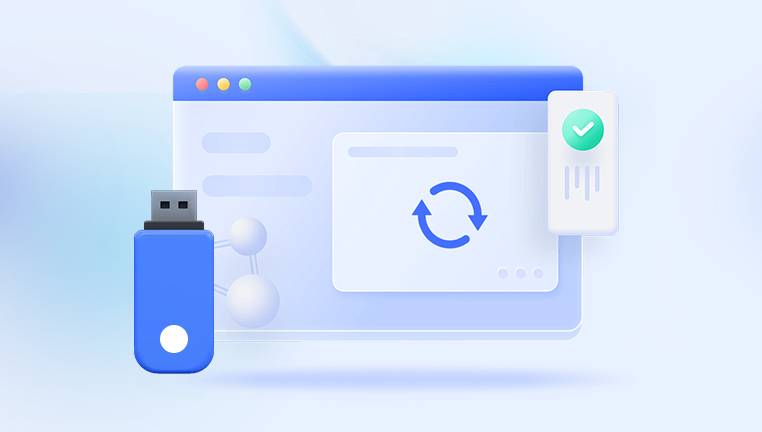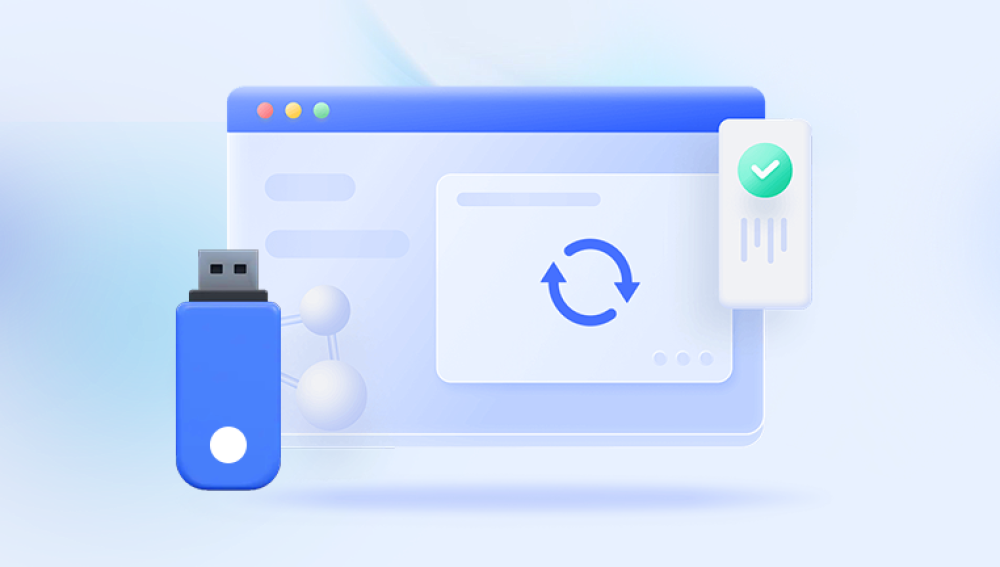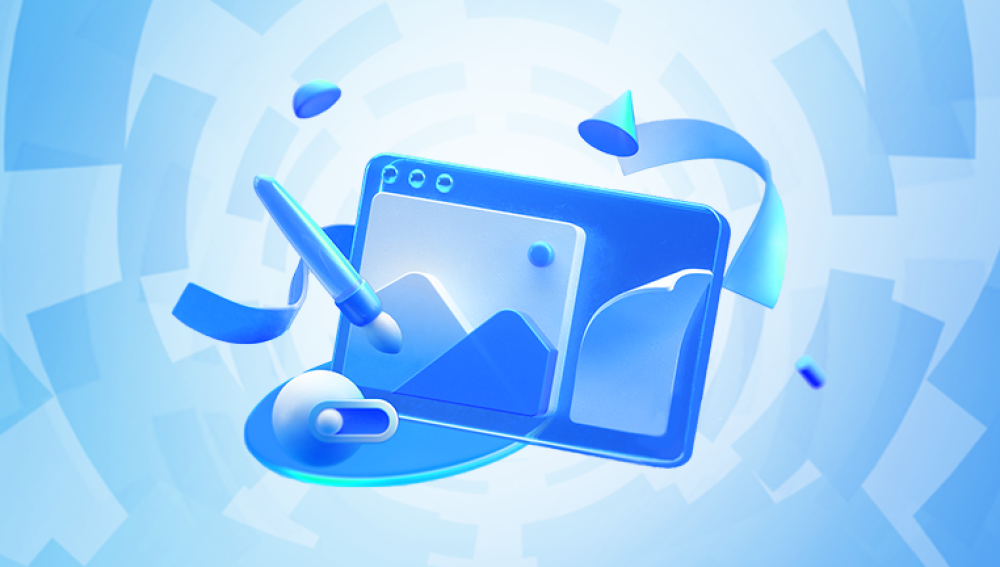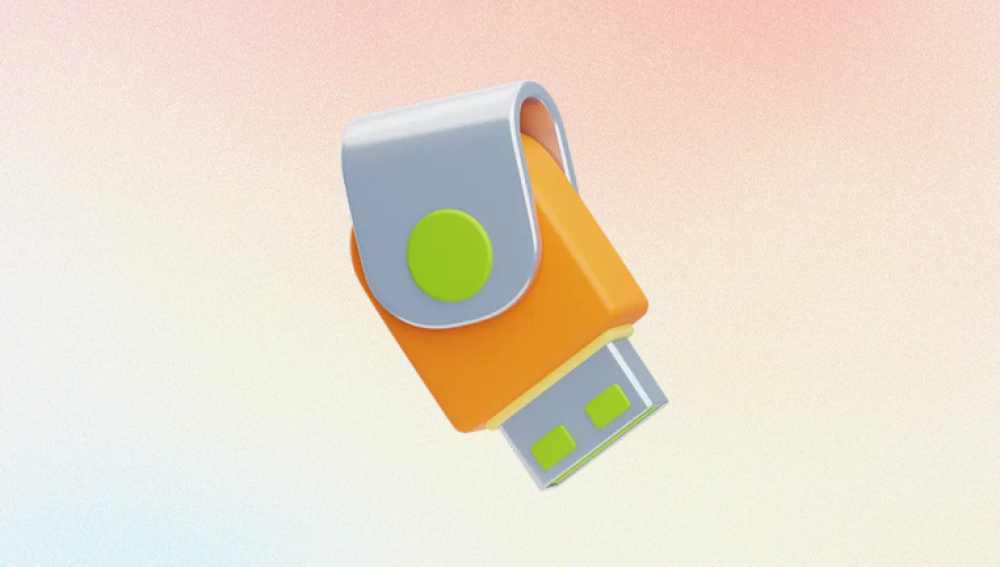Recovering a USB flash drive can involve different steps depending on the nature of the problem. Here's a detailed guide that covers various methods for recovering data from a USB flash drive that might be corrupted or malfunctioning.
1. Preliminary Checks
Check the USB Port and Connection
Try different ports: Insert the USB drive into different USB ports on your computer to rule out port issues.
Try different computers: Insert the USB drive into another computer to see if it's recognized.
Check the Physical Condition
Inspect for damage: Look for any visible physical damage to the USB drive.
Avoid further damage: If there's damage, consider professional help to avoid further data loss.
For our Drecov Data Recovery software, flash drive recovery is an easy task. Simply download and follow the simple interface prompts to complete your expectations in just a few minutes.
https://recovery.pandaoffice.com/data-recovery-windows/

2. Software Solutions
Using Built-in Tools
Windows Tools
Check Disk Utility (CHKDSK):
Open Command Prompt as Administrator.
Type chkdsk X: /f (replace X with your USB drive letter) and press Enter.
Follow the on-screen instructions.
Disk Management:
Right-click on This PC or My Computer and select Manage.
Go to Disk Management to see if the drive appears.
If it appears but has no drive letter, right-click and choose Change Drive Letter and Paths.
macOS Tools
Disk Utility:
Open Disk Utility from Applications > Utilities.
Select your USB drive and click on First Aid to repair the drive.
Using Third-Party Software
Data Recovery Software
Recuva (Windows):
Download and install Recuva.
Run the software and follow the wizard to scan and recover files from your USB drive.
Disk Drill (Windows/macOS):
Download and install Disk Drill.
Run the software, select your USB drive, and click on Recover.
PhotoRec (Windows/macOS/Linux):
Download and install PhotoRec.
Run the software and follow the on-screen instructions to recover files.
Formatting Tools
HP USB Disk Storage Format Tool (Windows):
Download and install the HP USB Disk Storage Format Tool.
Run the tool, select your USB drive, and format it.
SD Card Formatter (Windows/macOS):
Download and install the SD Card Formatter.
Run the tool and format your USB drive.
3. Advanced Methods
Using Diskpart (Windows)
Open Command Prompt as Administrator.
Type diskpart and press Enter.
Type list disk to display all connected drives.
Identify your USB drive by its size and type select disk X (replace X with your disk number).
Type clean to remove all partitions.
Create a new partition using create partition primary.
Format the partition with format fs=ntfs or format fs=fat32.
Assign a drive letter with assign letter=X.
Using TestDisk (Windows/macOS/Linux)
Download and install TestDisk.
Run the software and select Create to create a log file.
Select your USB drive and proceed with the on-screen instructions to analyze and recover partitions.
4. Hardware Solutions
DIY Hardware Repair
Re-soldering Connections:
If you have soldering skills, you can try to fix broken connections on the USB drive.
This is risky and might further damage the drive, so proceed with caution.
Professional Data Recovery Services
Consult a Professional:
If your data is extremely important and all other methods fail, consider using a professional data recovery service.
Services like DriveSavers, Ontrack, or local specialists can recover data from physically damaged drives.
5. Preventive Measures
Regular Backups
Always keep a backup of important data in multiple locations.
Use cloud storage services for additional redundancy.
Safe Removal
Always use the Eject feature before removing the USB drive to prevent data corruption.
Antivirus Protection
Keep your system protected from malware that can corrupt your USB drive.
Regularly scan your USB drive for viruses.
Recovering a USB flash drive can range from simple software fixes to more complex hardware repairs. Always start with basic checks and use built-in tools before moving to advanced methods or seeking professional help. Regular backups and proper handling of your USB drive can prevent future issues.




